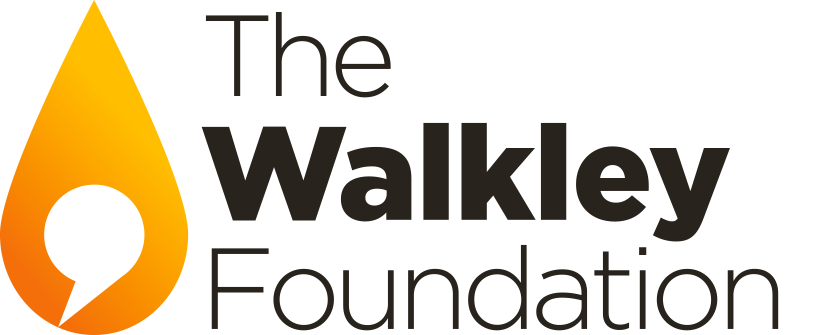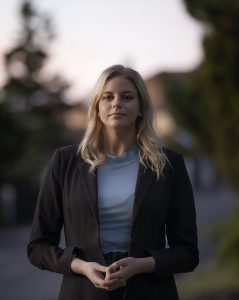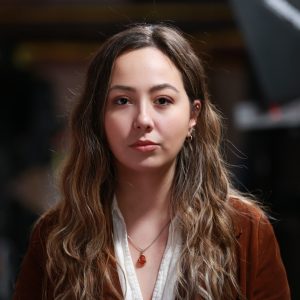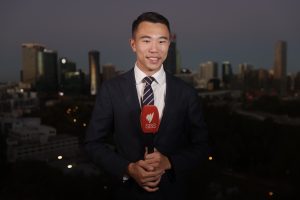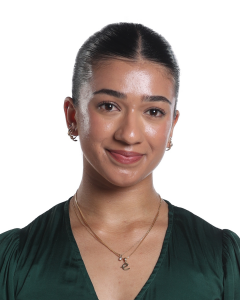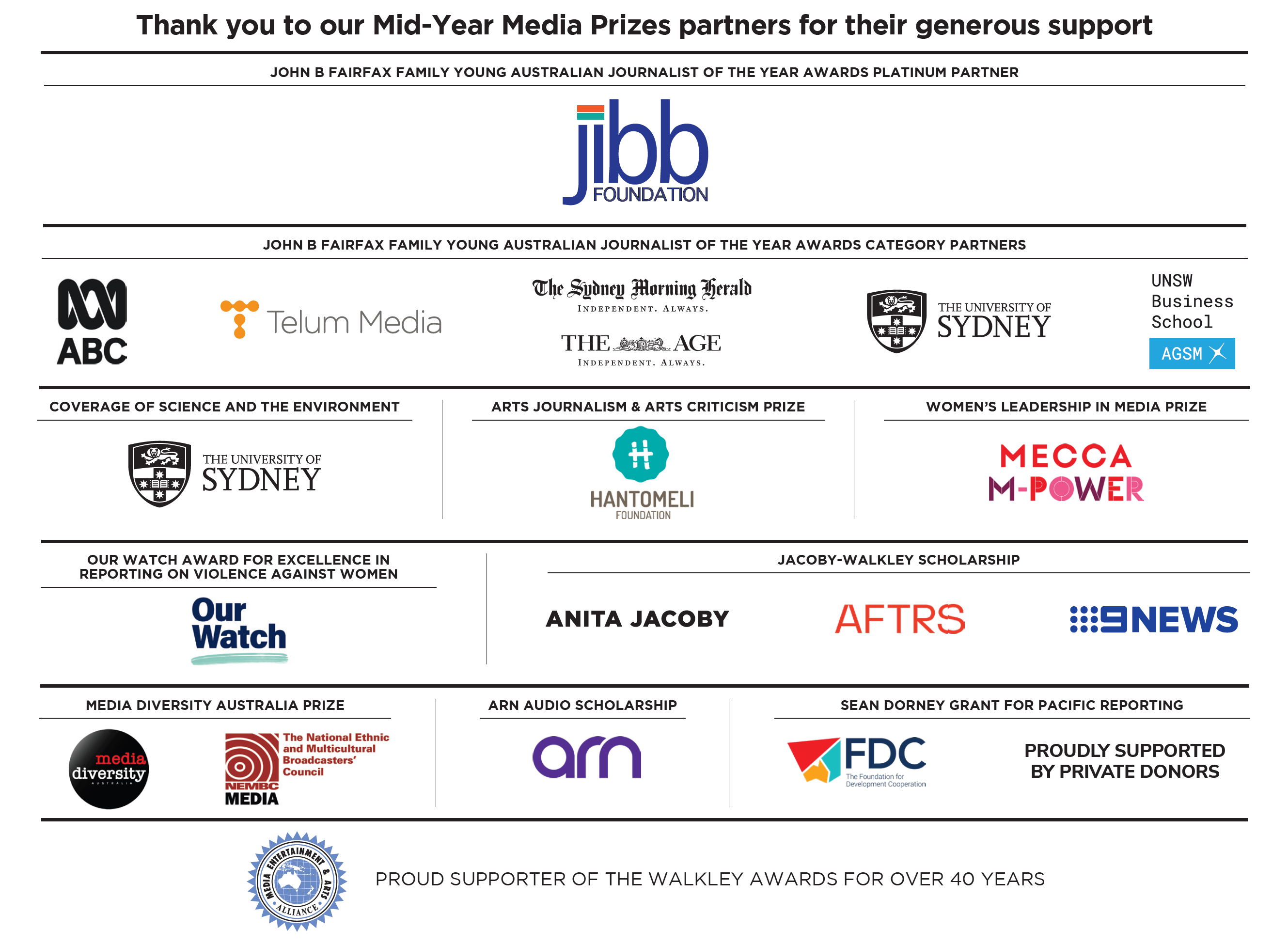2025 finalists were announced on 22 May. The winners were announced on 19 June.
The 2025 Awards are open to young journalists 28 years and under, employed full-time or freelance, who have self-published or had work published or broadcast through Australian media outlets, including online publishers, between April 16, 2024 and April 14, 2025.
Since 2008, these hotly contested awards for Australian journalists have identified and celebrated the rising stars of the new generation, opening doors for young talent and kick-starting careers.
Today’s young journalists are more dynamic and must work harder than ever before. They are multi-skilled and adept across platforms, drawing on interactive tools and technologies to tell their stories and capture the attention of audiences.
Celebrating and encouraging the excellence of their work is critical to fostering a robust new generation of journalists. Award-winners are chosen on the basis of journalistic excellence in the fundamental tenets of the craft including newsworthiness, balance, accuracy, ethics and public impact as well as their ability to present distinctive and original journalism that pushes the boundaries of the profession.
The John B Fairfax family has pledged to support the Walkley Foundation’s awards and professional development opportunities for young Australian journalists over the next 10 years with a gift of $1 million.
The John B Fairfax family through its foundation—the Jibb Foundation—has supported the awards since 2017. With the Jibb Foundation’s contribution, the Walkley Foundation has lowered entry fees for young journalists, provided a mentoring program for category winners and supported the overall winner with a fully-funded international trip to visit newsrooms abroad.
From 2022 this financial contribution will not only sustain these awards for the next decade, but also allow the Walkley Foundation to expand the professional development opportunities associated with winning a Young Australian Journalist of the Year Award.
John B Fairfax AO said: “We are extremely proud to be supporting an award that promotes excellence in journalism and encourages young Australian talent. We are also delighted to provide meaningful support to the Walkley Foundation, which has consistently embodied the values of integrity and quality in the profession.”
Read the full announcement here.
Read our interview with John B Fairfax AO here.
